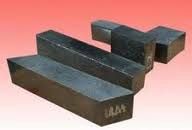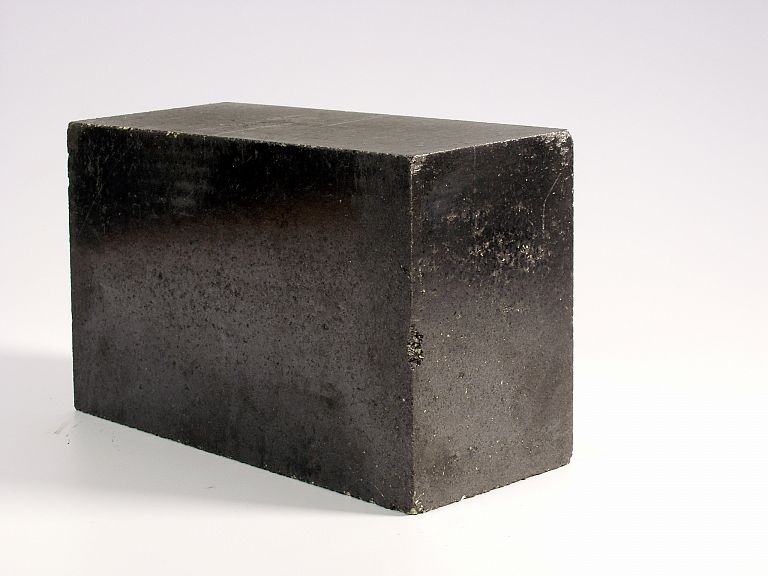Phenolic resins for refractories
In general, products used at temperatures > 600 °C are referred to as refractories. For the refractories sector, FENOLIT has developed high quality, environmentally friendly phenolic binders for shaped and unshaped refractories.
Shaped refractories
Phenolic binders mainly have two functions in the production of shaped refractories:
- ensuring optimum compression of the mixture with a high degree of green strength
- providing the carbon required for binding in the carbonation process
The process of producing shaped refractories may use either a cold or a hot mixing process.
In the cold mixing process, the coarse particles in the mixture are first moistened with 2,5-5 % of the binder in liquid form (resol or novolak solution) and then the fine particles and additives are mixed into the mixture. The dolomite bricks should be produced in a low water environment (using novolak solutions). The addition of powder resin at the end of the mixing process allows the mix to be directly compressed – increasing the ‘green’ strength.
In the warm mixing process, mostly novolaks are used (mixing temperature 60-100 °C). After the addition of hexa, mixing at 90 °C should not be continued for a long time to prevent premature curing. Curing is done by heating to a temperature of 180-200 °C (gradual increase of 30-50 °C per hour).
Unshaped refractories
For unshaped refractories, phenolic resins as binders are the solution of choice because of their excellent heat resistance, compatibility and modifiability (tap hole mixes, runner mixes, tundish masses, mortars, grouting materials, also for coating, spray or repair mixes).
FENOLIT under the BOROFEN® brand offers a range of different phenolic resin binders for refractory manufacturers to meet specific customer requirements and needs such as low free phenol and formaldehyde content for safety, health and environmental protection, carbon yield, adhesion, mixing and compression conditions, long storage life, working phase, and general environmental considerations and regulations.

